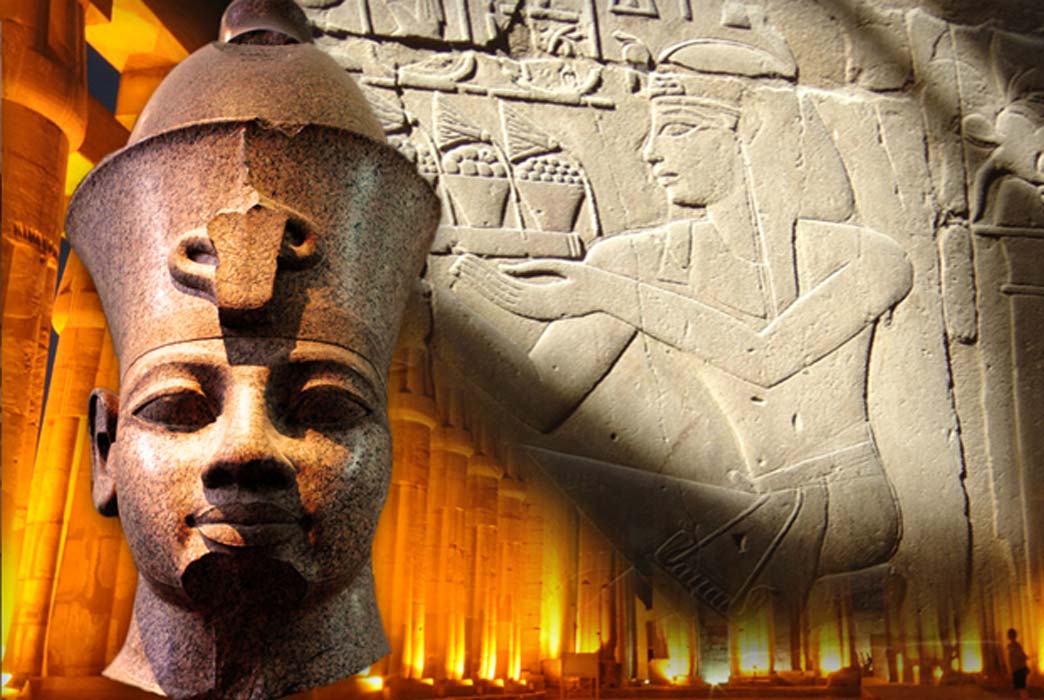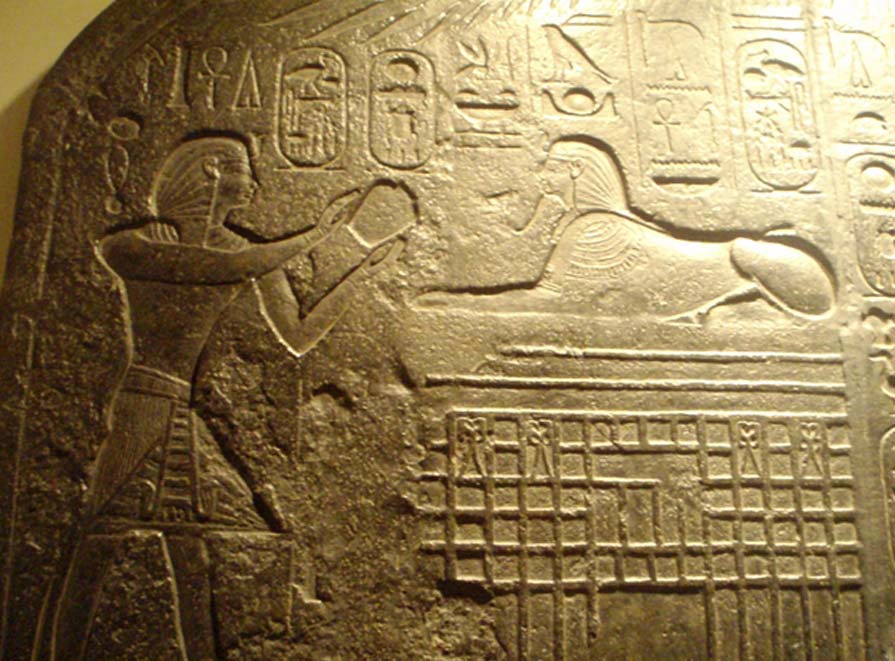
Dazzling Nebmaatre: Amenhotep III and the Age of Opulence—Part I
The long and glorious history of ancient Egypt gave the world an array of pharaohs whose qualities spanned the entire spectrum of human emotions and achievements: the builders, the warriors, the pious, the ruthless—even a monotheist—yet, few could match the zenith attained by Amenhotep III, the Magnificent.
The story of this peerless monarch began in peculiar fashion when his father, while still a young prince, had a stirring encounter with the Great Sphinx in a dream. The fascinating account, recorded on the Dream Stele located between the paws of the inscrutable creature provides a background to how he went on to assume the throne of Egypt, despite not being the designated Crown Prince. One day, weary after an exhilarating hunting trip, the prince, an offspring of Amenhotep II and Queen Tiaa decided to rest in the shade of the Sphinx, which was at the time engulfed by the desert sand up to its neck.
As he drifted into a deep slumber, Re-Harakhte the sun god embodied in the Sphinx appeared to him and made a request and a promise: “The world shall be thine in its length and in its breadth, as far as the light of the eye of the lord of the universe shines. The sand of the district in which I have my existence has covered me up. Promise me that thou wilt do what I wish in my heart; then shall I know whether thou art my son, my helper. Go forward: let me be united to thee.” The lad faithfully followed the divine orders and went on to become Menkheperure Thutmose IV, the fourth king of his name in the Eighteenth Dynasty.

Reproduction of the Dream Stele of Thutmose IV depicting pharaoh making an offering to the Sphinx. Rosicrucian Egyptian Museum. (Photo: Captmondo/CC BY-SA 3.0)
Whether events occurred exactly as the pharaoh would have us believe or it was mere propaganda, is a matter of conjecture. Some scholars speculate that Thutmose IV secretly gained advantage over his older brother in his quest for power, and then craftily commissioned the Dream Stele to assert his sudden rise to the highest office. Another, more controversial theory proposed by medical experts at Imperial College London who studied the premature deaths of other Eighteenth Dynasty pharaohs, such as Akhenaten and Tutankhamun, suggests familial temporal epilepsy as the cause. Since those who experience this condition suffer seizures that result in visions, sometimes of a spiritual nature, does it serve to validate the events narrated in the Dream Stele?
However, in true Thutmosid style, Thutmose IV built on a massive scale. Among his architectural achievements was the completion of the eastern obelisk at the Temple of Amun in Karnak; a project launched by his illustrious grandfather Thutmose III the ‘Napoleon of Egypt’, it had lain unfinished for 35 years. At 32 meters (105 feet), it was the tallest obelisk ever erected in the country. Comprehending its full import, Thutmose IV christened it the ‘tekhen waty’ or 'unique obelisk'.
Centuries later in 357 AD, Emperor Constantius II transported the behemoth from Alexandria – to where it had been hauled over the Nile by “obelisk ship” – to the Circus Maximus in Rome. This obelisk originally weighed a staggering 455 tons, but after collapsing and being re-erected by Pope Sixtus V in 1588 at the Piazza San Giovanni the 'Lateran Obelisk’ was assessed to be four meters shorter and now weighs around 330 tons.

The modern location of the Lateran Obelisk, near the Lateran Palace and basilica of St. John Lateran, Rome. (Photo: Maus-Trauden/CC BY-SA 3.0)




